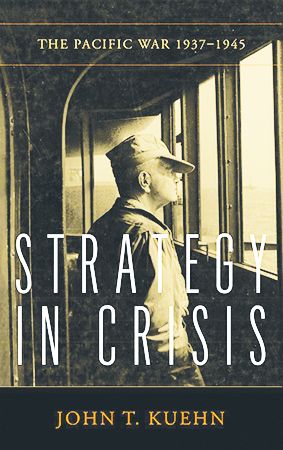 By Christopher Miskimon
By Christopher Miskimon
The Pacific War of 1941-1945 really stems from the Sino-Japanese conflicts of the 1930s. It most likely would not have happened had Japan not been embroiled in a war in China, which began with sporadic skirmishing and “incidents” in the early 1930s. By 1937, this fighting evolved into ongoing warfare, which drew condemnation from many world powers. Even after the Pearl Harbor attack in December 1941, in many ways the Japanese still considered China the primary theater of conflict until growing American power revealed the dire threat the United States posed to them. The Axis failed to develop a coherent grand strategy to fight the Allies, while those Allies successfully waged coordinated coalition warfare, dooming Imperial Japan to defeat.
This new work examines the period from 1937 to 1945 through the lens of strategy. The author considers not only the two major players, the U.S. and Japan, but also the other major powers, including the British, Australians, New Zealanders, Dutch, and the Soviets, who entered the war late but always loomed large in Japanese considerations. The text is interesting and well-supported, and the author does a creditable job pulling together the various pieces of a large puzzle and presenting to the reader in a useful, easy to follow way.
Strategy in Crisis: The Pacific War 1937 – 1945 (John T. Kuehn, Naval Institute Press, Annapolis, Maryland, 2024, 221 pp., maps, notes, bibliography, index, $29.95, HC)
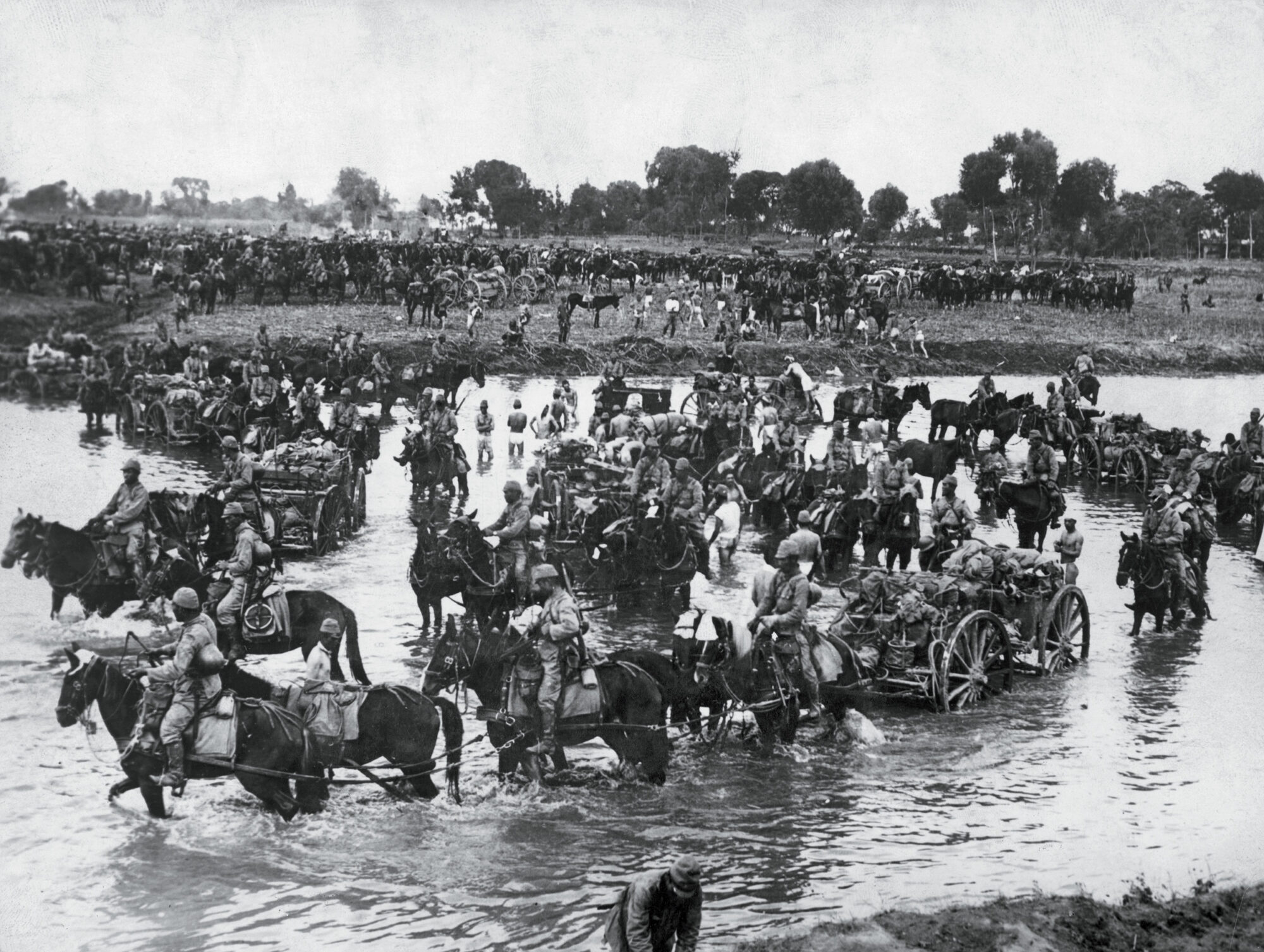
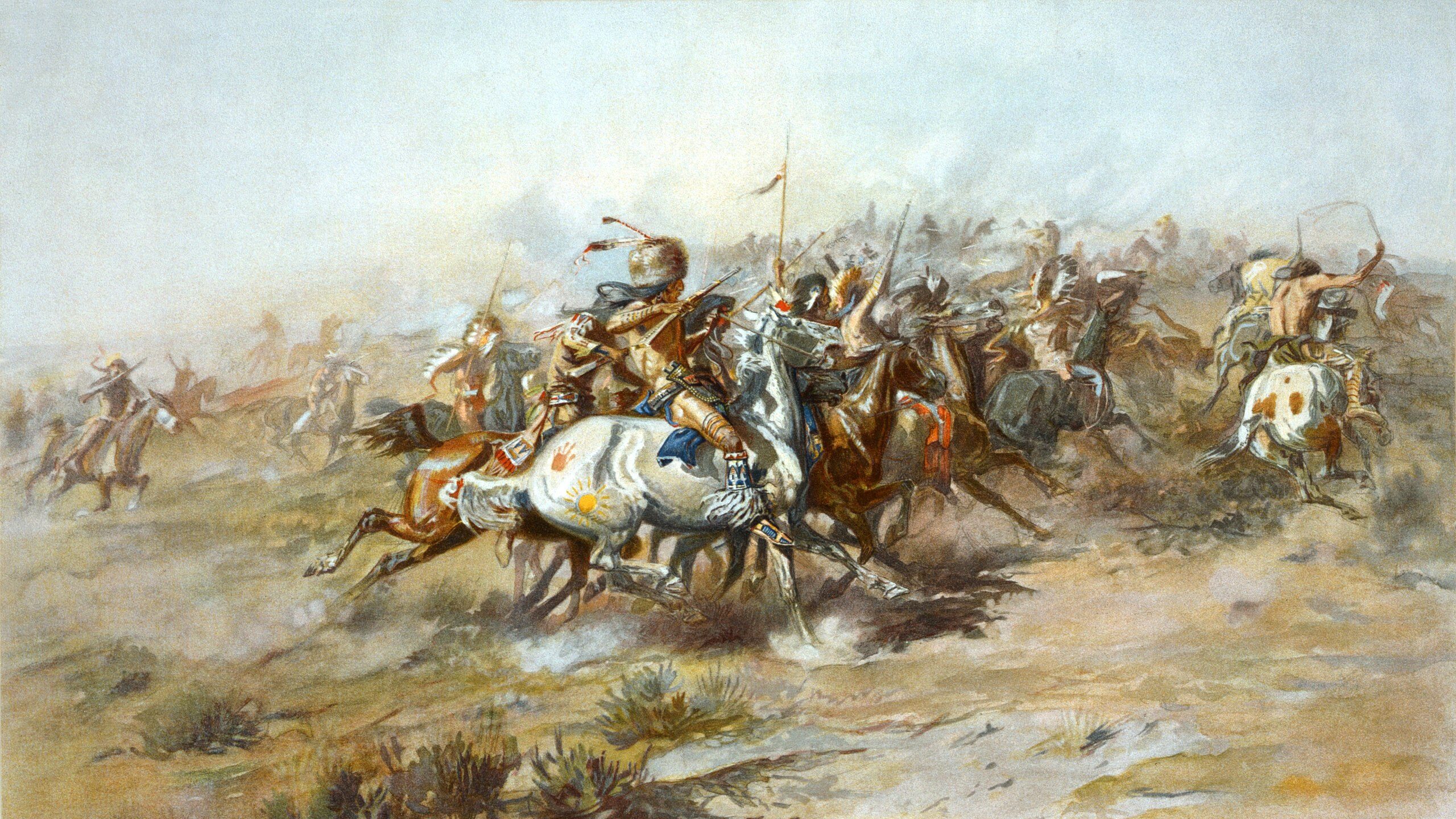
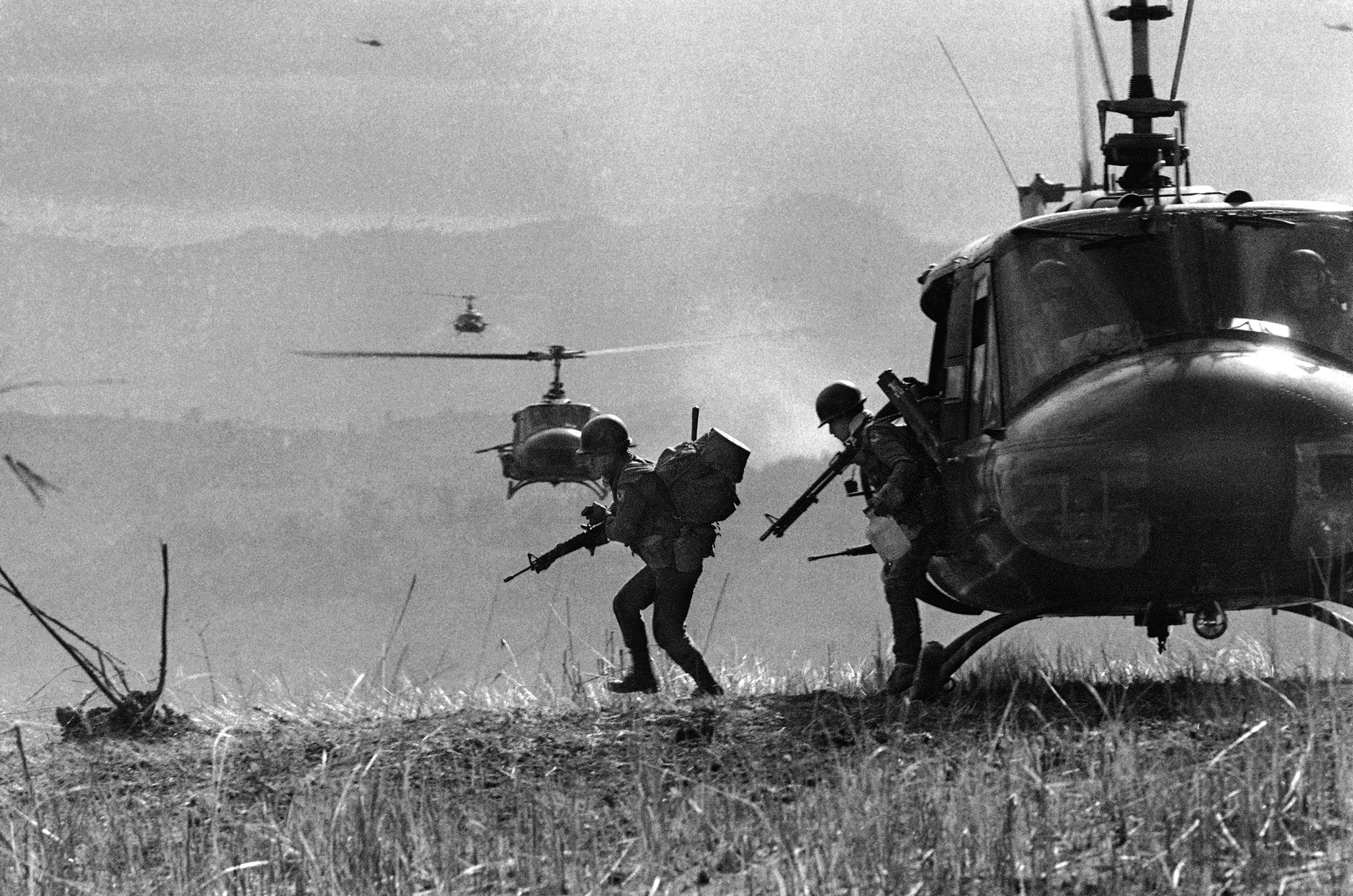
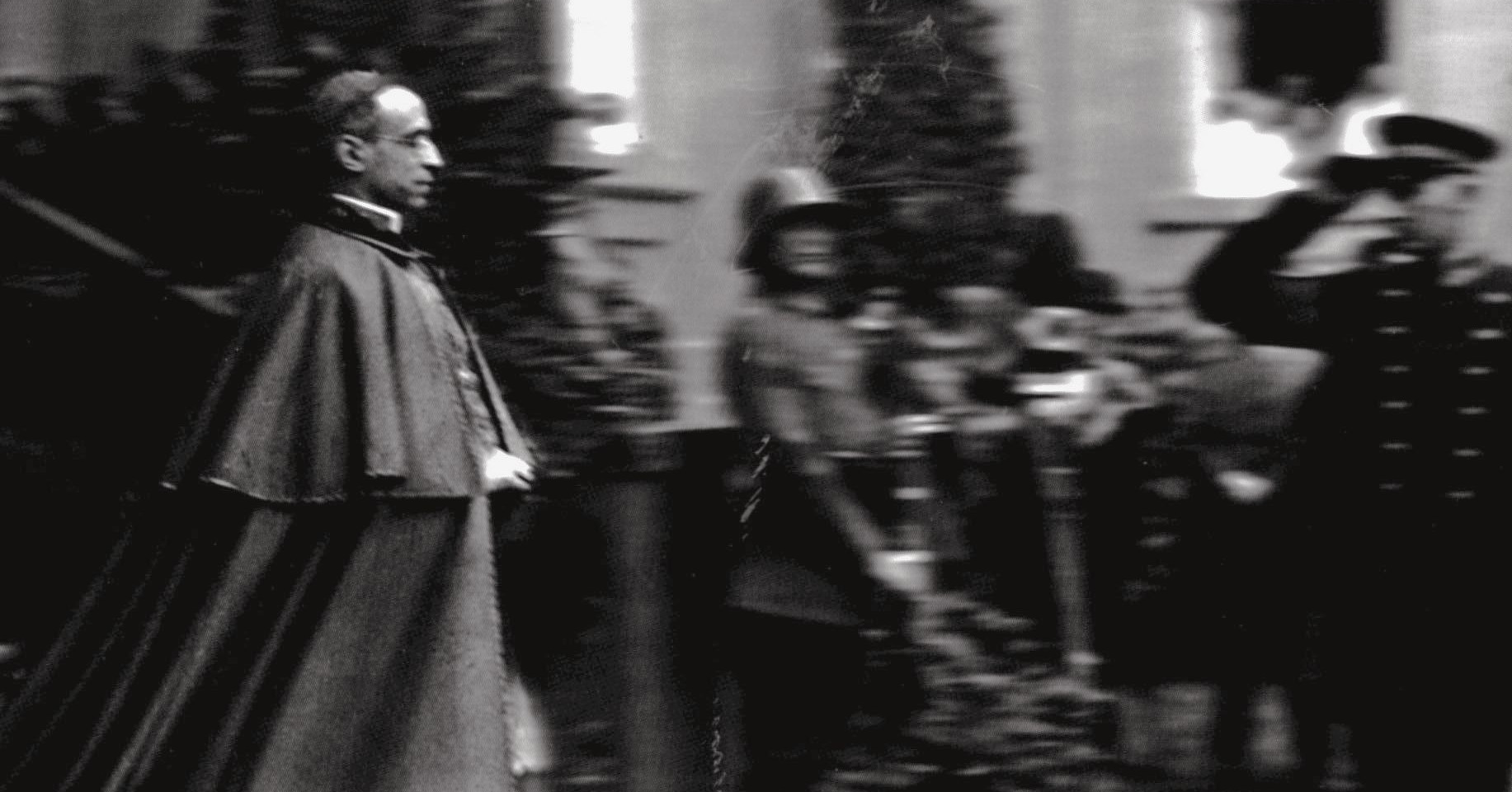
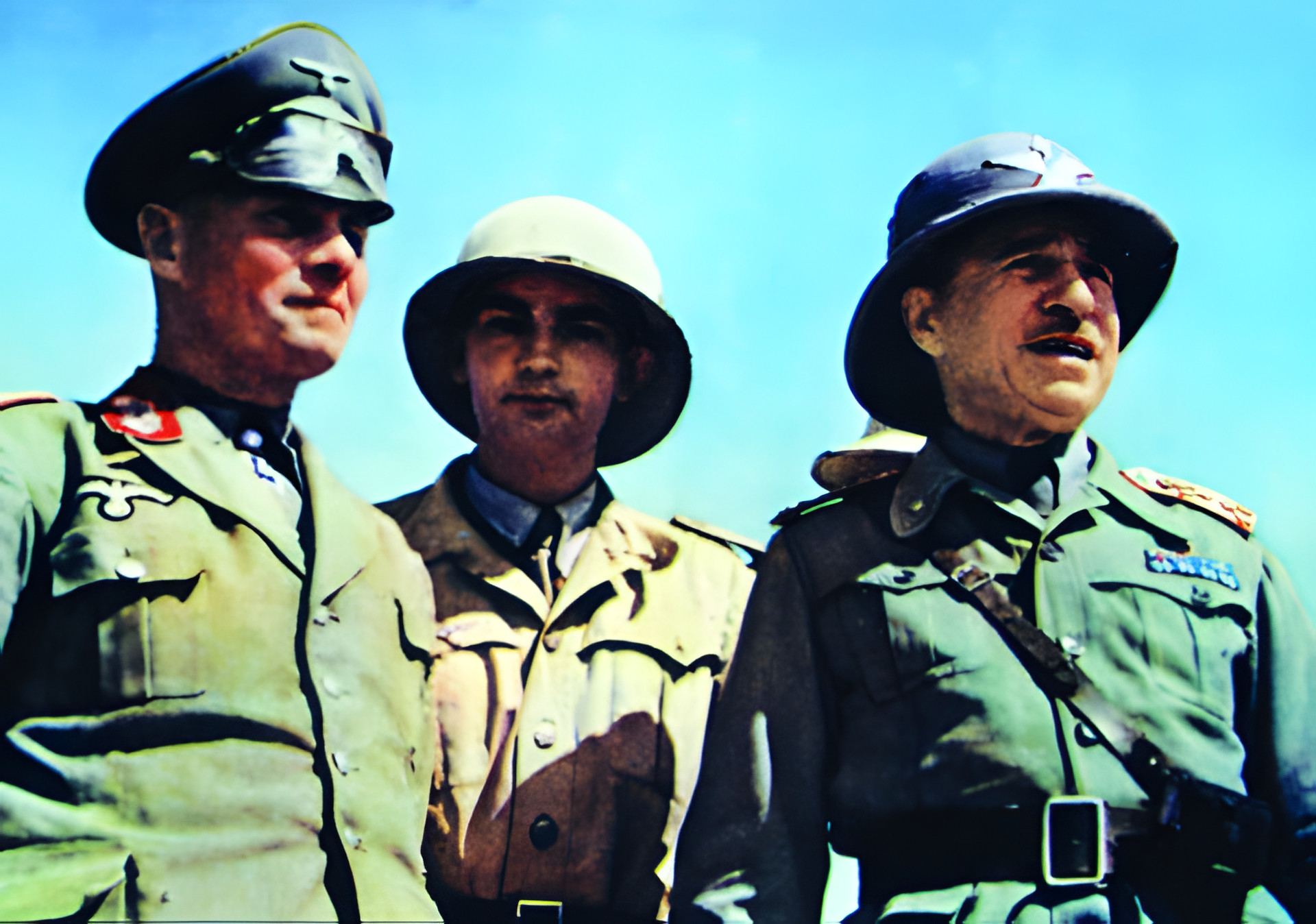

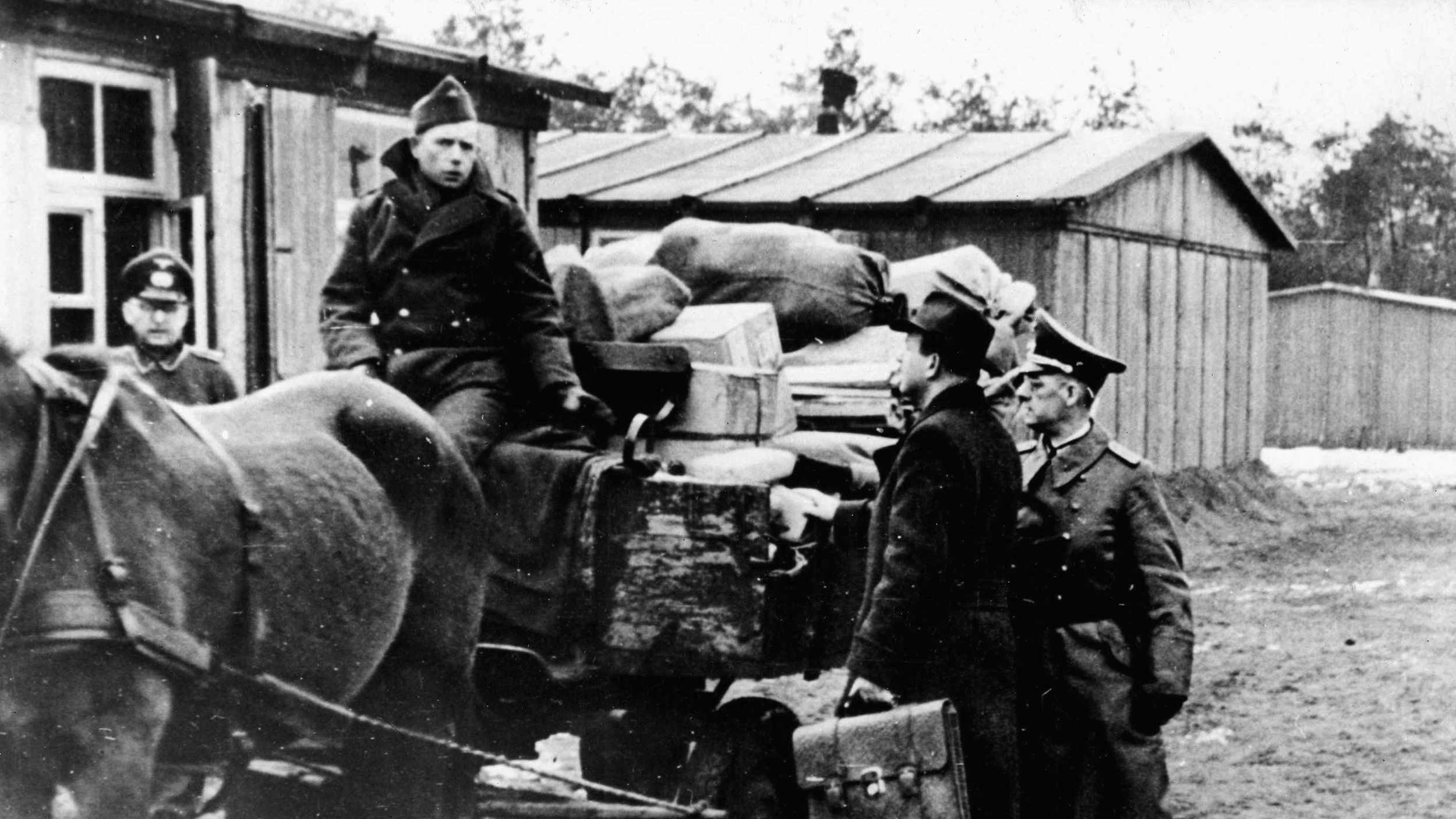
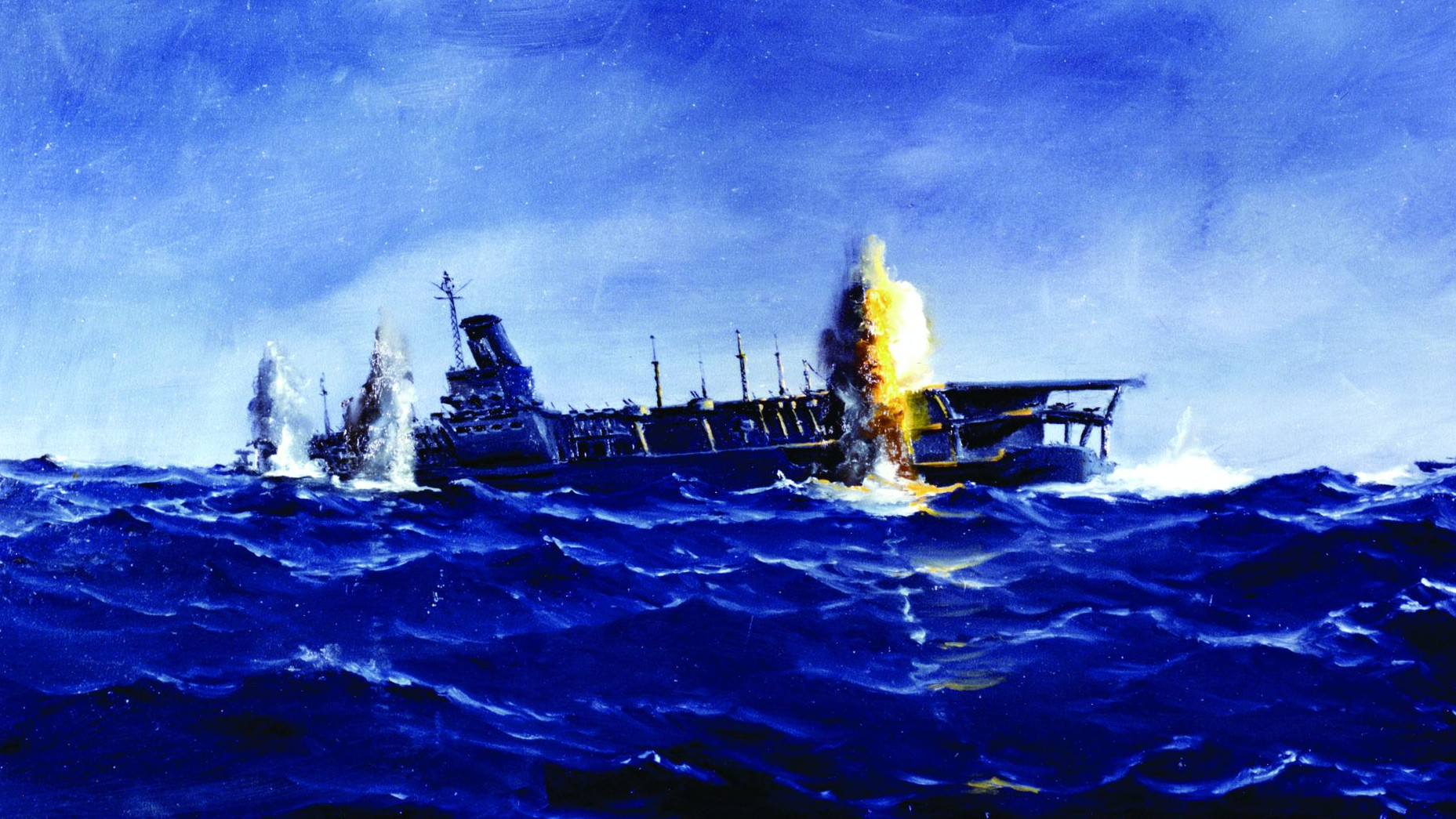
Join The Conversation
Comments
View All Comments